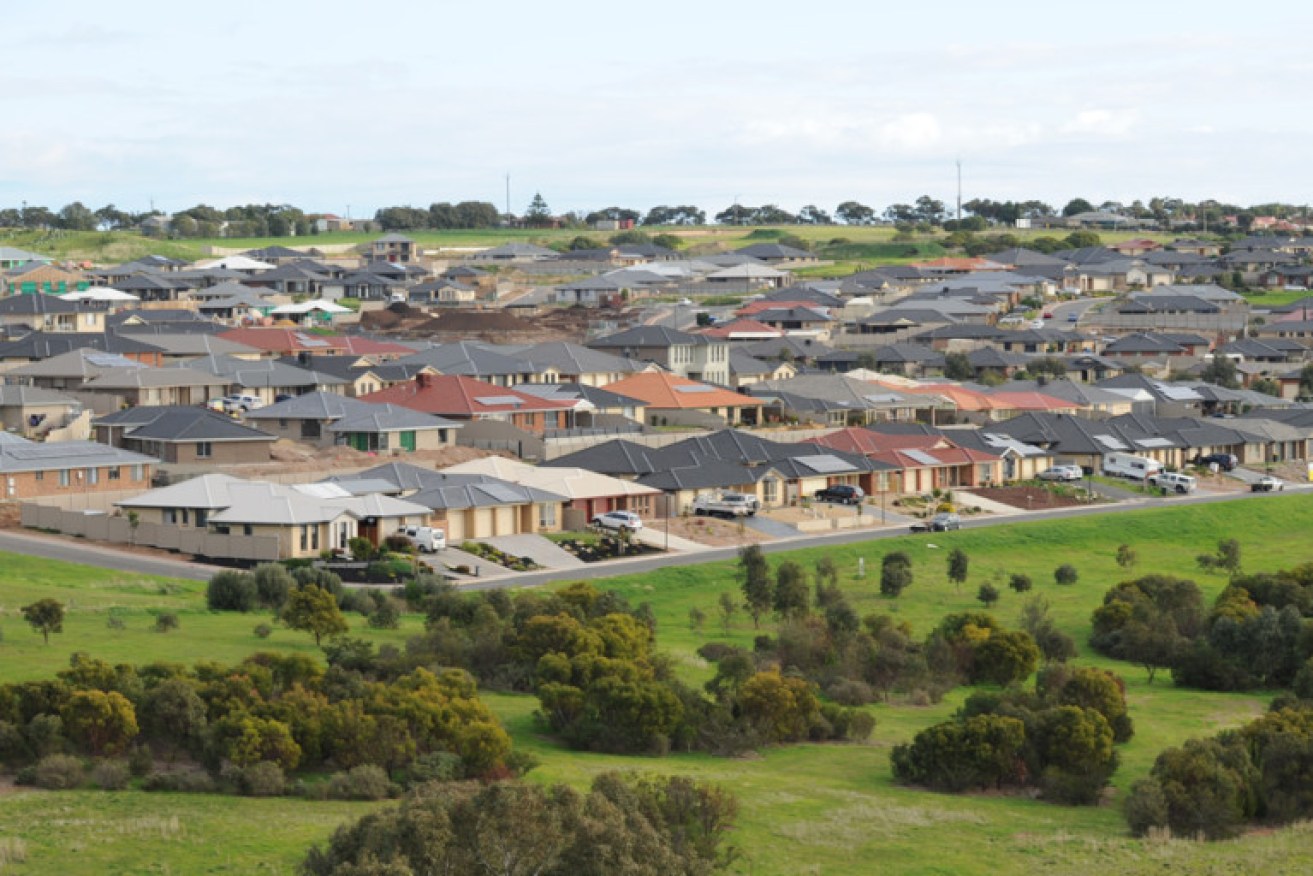House prices are on the up.
But it’s a stretch to say there’s a speculative bubble that might prompt the central bank to slam on the brakes on interest rates in the near future.
Nor does Australia need to follow the path of New Zealand and impose lending restrictions aimed at taking the heat out of its housing market.
That’s not to say the Reserve Bank of Australia (RBA) isn’t keeping an eye on developments, given the current record low interest rate environment.
The RBA’s financial stability review assessed the state of the banking system and lending conditions.
It noted that over the past year there had been an increase in property market activity.
“This is not surprising given the reductions in interest rates,” it said.
The pick-up in demand had been most noticeable in NSW and was largely investor driven.
“It is important that those purchasing property do so with realistic expectations of future dwelling price growth,” the RBA said.
This was a mild warning. But it hardly signals a central bank in panic mode.
Recent data show home prices in capital cities have risen on average by 5.6 per cent in the past year.
This is a marked improvement on the mid-2011 to September 2012 period when prices went backwards.
But the current gains are tiny compared to the strong bouts of double digit growth seen in 2003-2004, 2006-2008 and 2009-2010.
There are pockets of impressive strength, with Sydney prices up 7.7 per cent over the year and Perth prices up 8.2 per cent.
But even that’s relatively tame compared with the price surges in New Zealand, where national growth is up 9.5 per cent in the year to August and Auckland prices are soaring by a staggering 17.9 per cent.
To try and stem ballooning prices, the Reserve Bank of New Zealand (RBNZ) will now require banks to restrict low deposit mortgages to just 10 per cent of their home loan portfolio.
Similar restrictions, or “macro prudential regulations”, have been introduced in several economies in recent years, including Canada, Sweden, Norway, Israel, Korea and Hong Kong.
The aim is to limit house prices and credit, while keeping interest rates low to support the wider economy.
Macquarie Research senior economist Brian Redican doubts whether such restrictions will be necessary in Australia.
“If, however, NZ’s adoption of macro prudential policy is deemed a success – and Australian house prices accelerate further – then it is possible that similar rules could be adopted in Australia in late 2014 or 2015,” he said.
ANZ Research believes an extended period of low interest rates and tightening housing market fundamentals should fuel further price gains in the year ahead.
“However, affordability concerns, rising unemployment and generalised household, home buyer and lender caution are likely to cap price gains relative to earlier recoveries,” ANZ property analysts Paul Braddick and David Cannington say.
They forecast an average price rise of 6.9 per cent for all capital cities during 2013, and a further 4.9 per cent in 2014 and 4.5 per cent in 2015.
John Kolenda, managing director of the 1300HomeLoan network, says talk of a housing bubble doesn’t stack up when there hasn’t been a blow-out in borrowing.
“It could be disastrous to see the RBA react in the near future … to speculation about property bubbles by applying an interest rate handbrake,” he said.
Still, financial markets are confident the central bank board won’t be ruffled by such talk when it meets on Tuesday.
It’s expected to leave the cash rate unchanged at the current all-time low of 2.5 per cent.





